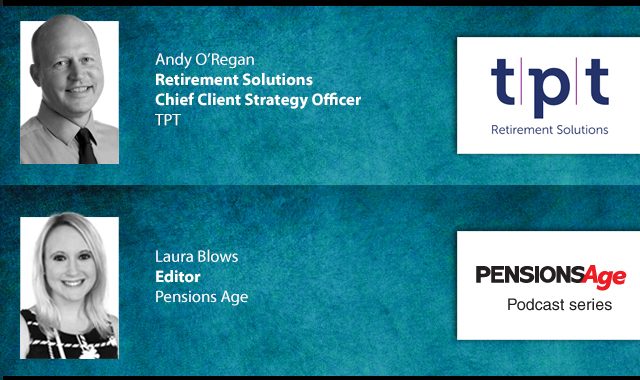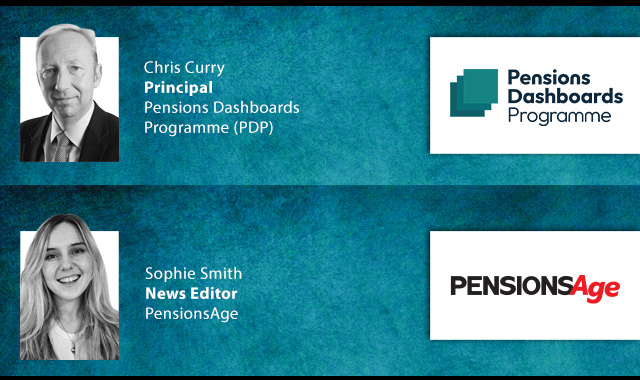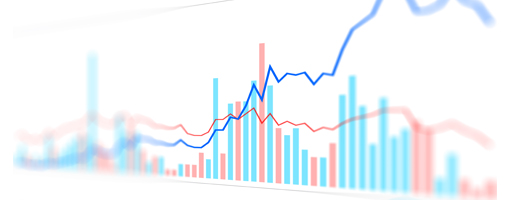The gap between the poorest and richest single pensioners has increased "considerably" over the past decade, analysis by Broadstone has found.
The analysis of the Department for Work and Pensions’ pensioner income series showed that single pensioner incomes in the bottom quintile grew by 2 per cent before housing costs between 2010/11-2011/12 and 2020/21-2021/22. This is an average increase of £208 per year.
Those who are in the top quintile saw income growth over the same period of 9 per cent, equivalent to £2,496 every year, an increase of £2,288 compared to those in the lowest incomes.
The contrast was even more marked after housing costs, with single pensioners in the bottom income quintile seeing their income increase by just £1 over the past decade, compared to £55 per week for those in the top quintile, equating to £2,860 per year.
Meanwhile, single pensioners in the bottom quintile saw 88 per cent of their gross income before housing costs provided for by the state pension and benefits, a slight increase from 87% a decade earlier.
This, according to Broadstone, suggested they entered retirement with not much of a pension pot or other savings.
In contrast, single pensioners in the top quintile saw the state pension and benefits account for under a third of the income of those in the top quintile (31 per cent), where a proportion was made by occupational pension income (34 per cent), pension income (32 per cent) and earnings income (16 per cent).
Broadstone head of defined contribution workplace savings, Damon Hopkins, commented: "These figures show that the gap between the ‘haves’ and ‘have-nots’ in retirement has widened sharply.
"Single pensioners already face significant income pressures, especially as they must pay bills via a single income, but they have barely seen any increase in their income over the past 10 years.
"Despite triple lock increases to the state pension and increases to other benefits, it is clear that more people are entering retirement with inadequate savings leaving them reliant on these sources of income."
Hopkins added: "The data also demonstrates the urgent need for pension savers to consider the standard of living in retirement that their current contribution rates are likely to achieve.
"The average single pensioner’s income is under £17,000 after housing costs, around half the £31,300 annual income the PLSA indicate is needed for a moderate living standard."
This article originally appeared on our sister title, Money Age.
Latest News
-
DB pension redress liabilities likely to be below 5% of transfer values
-
Nest acquires 10 per cent stake in IFM Investors
-
Govt urged to put sustainability at core of its growth agenda
-
Over 150,000 estates face new or additional IHT liability between 2027 and 2030
-
Pension trustees urged not to 'lose sight' of urgency of climate issues
-
Over 2.3 million savers failing to claim tax relief on pensions
Being retirement ready
Gavin Lewis, Head of UK and Ireland Institutional at BlackRock, talks to Francesca Fabrizi about the BlackRock 2024 UK Read on Retirement report, 'Ready or not. How are we feeling about retirement?’
Time for CDI
Laura Blows speaks to AXA Investment Managers (AXA IM) senior portfolio manager for fixed income, Rob Price, about cashflow-driven investing (CDI) in Pensions Age’s latest video interview
The role of CDC

In the latest Pensions Age podcast, Laura Blows speaks to TPT Retirement Solutions Chief Client Strategy Officer, Andy O’Regan, about the role of collective DC (CDC) within the UK pensions space
Keeping on track

In the latest Pensions Age podcast, Sophie Smith talks to Pensions Dashboards Programme (PDP) principal, Chris Curry, about the latest pensions dashboards developments, and the work still needed to stay on track
© 2019 Perspective Publishing Privacy & Cookies















Recent Stories